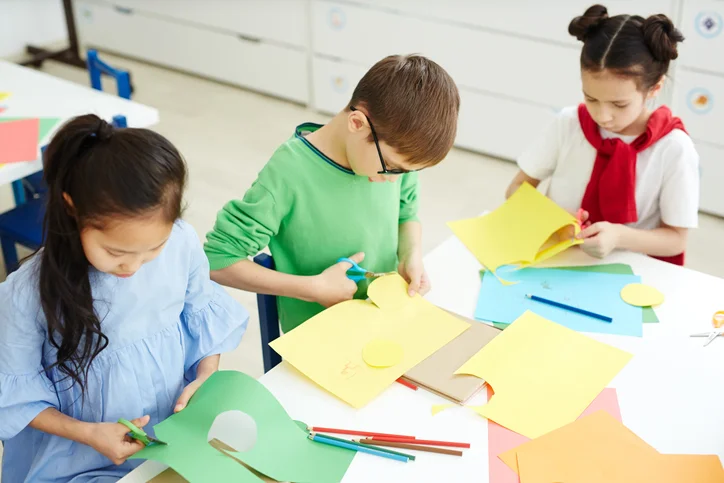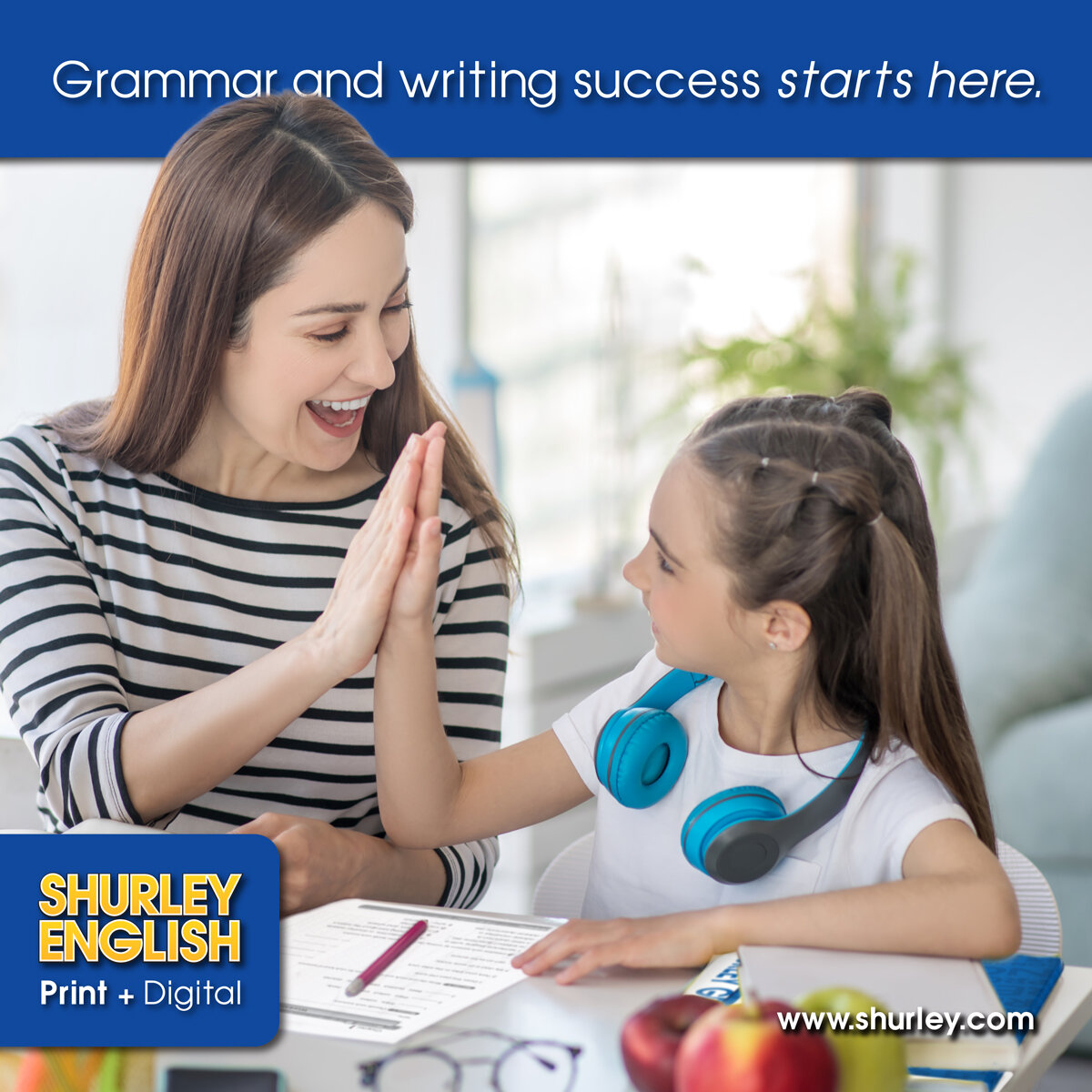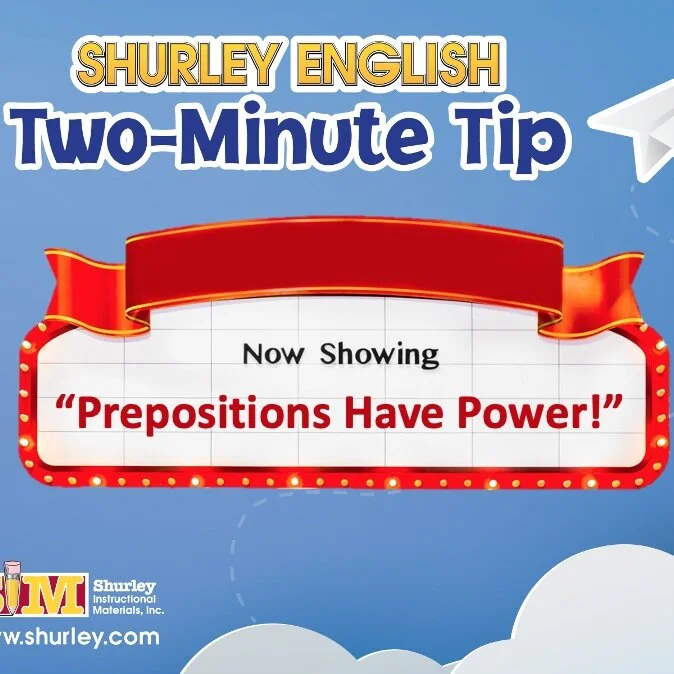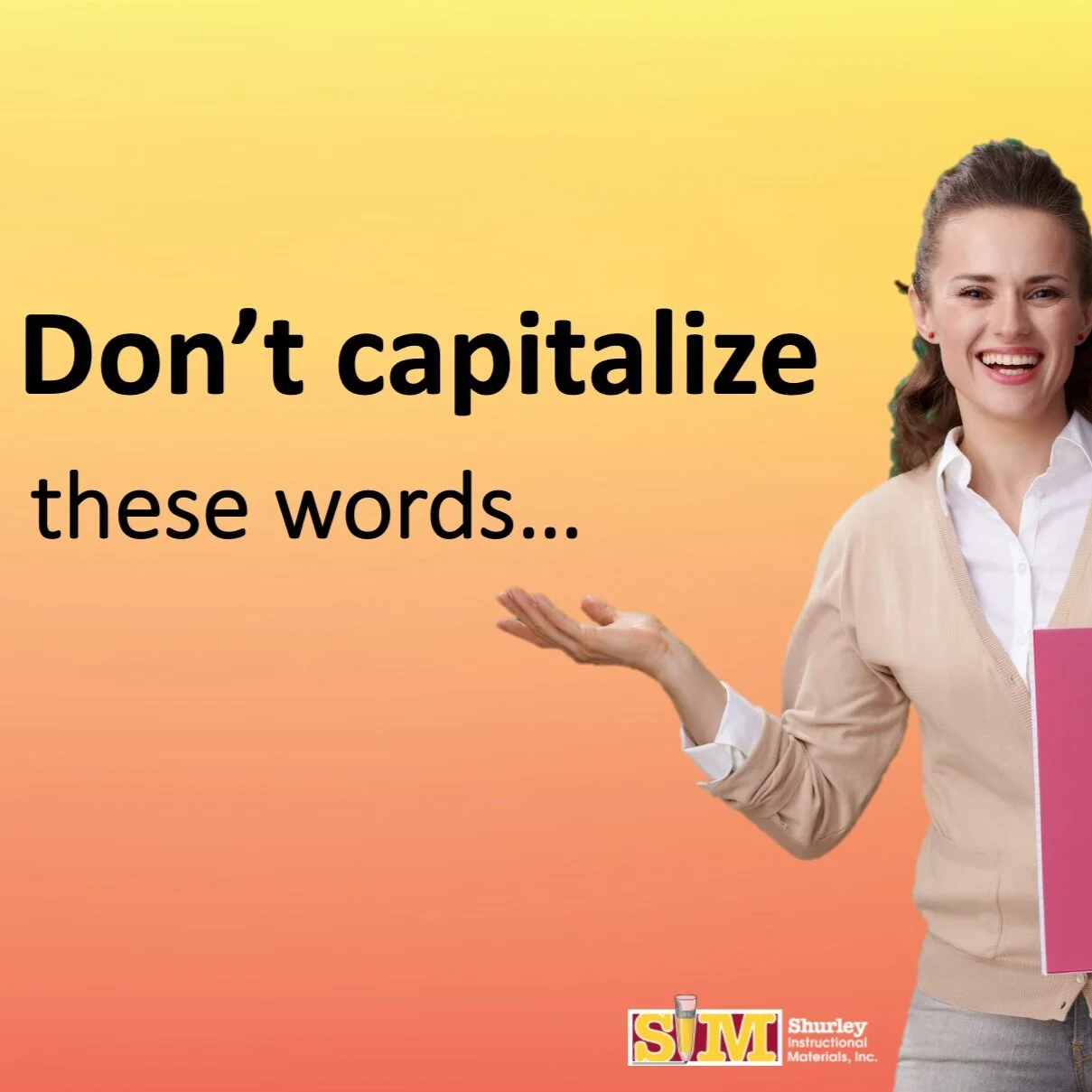Micro-comprehension: Applying Text Structure
/As I continue my series about micro-comprehension, text structure processing is next in line. Earlier, I wrote about sentence structure processing. The process of analyzing sentence structure and text structure shares similarities. However, analyzing at the sentence level gives a close-up picture of the meaning of the sentence; whereas, analyzing text structure provides the bigger picture of an entire essay or any longer piece of writing.
Many fluent readers seem to automatically process text structure, but it is probably subconscious. Take a look at this shortlist of text structures students encounter:
Read More











































































































